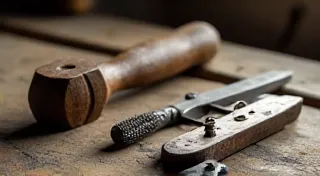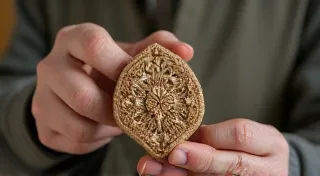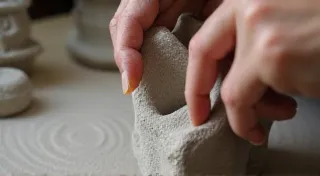The Curator's Eye: Arranging a Layout for Maximum Emotional Impact
We, as miniature railway enthusiasts, often become engrossed in the technical aspects – the perfect curve radius, the reliable DCC system, the meticulous detailing of a locomotive. These are, of course, essential. But what truly separates a collection of trains from a living, breathing world is the emotional resonance the layout evokes. It’s about moving beyond simply arranging trains on tracks; it’s about crafting an experience.
I think about antique accordions when I think about the artistry of a truly great miniature railway layout. My grandfather, a quiet man of few words, collected them. Rows of them lined his workshop, each a testament to a bygone era of craftsmanship. They weren't just instruments; they were vessels of memory, echoing the music of festivals and family gatherings long past. Some were beautifully restored, gleaming with polished wood and vibrant bellows. Others bore the charming wear and tear of years of use, each scratch and dent a silent story. When he’s gone, these accordions become tangible reminders of a time of music, laughter, and closeness - far more powerful than any monetary value.
Just as an accordion's condition and history contribute to its emotional weight, so too does the arrangement of elements on a layout. We’re not just building a miniature railroad; we’re building a world, and every element – from the placement of a derelict barn to the positioning of a single, forlorn figure – contributes to the overall atmosphere. It’s about telling a story, even if that story is largely unspoken. It’s a curator’s eye applied to a miniature landscape.
Beyond Function: Introducing Narrative
The functional aspect of a layout is undeniable. Trains need to run, grades need to be achievable, and switches need to operate reliably. However, once the basic functionality is established, it’s time to consider the narrative potential. Where do you want your viewer to focus? What feeling do you want them to experience?
Consider a small logging operation. A purely functional layout might simply show the train hauling logs from the forest to the mill. But a layout designed with emotion in mind might show a partially collapsed logging camp, hinting at a sudden closure. Perhaps a lone figure sits on a stump, gazing wistfully at the remaining buildings. Perhaps a rusted piece of machinery lies abandoned, partially submerged in a puddle. These details don’t necessarily impact the train’s operation, but they dramatically shift the viewer's perception, creating a feeling of melancholy and forgotten industry. Achieving this level of detail and realism often requires more than just careful planning; it demands a dedication to preserving authenticity, something many experienced modelers focus on—as detailed in The Rust of Memory: Preserving Authenticity in Miniature Railroading.
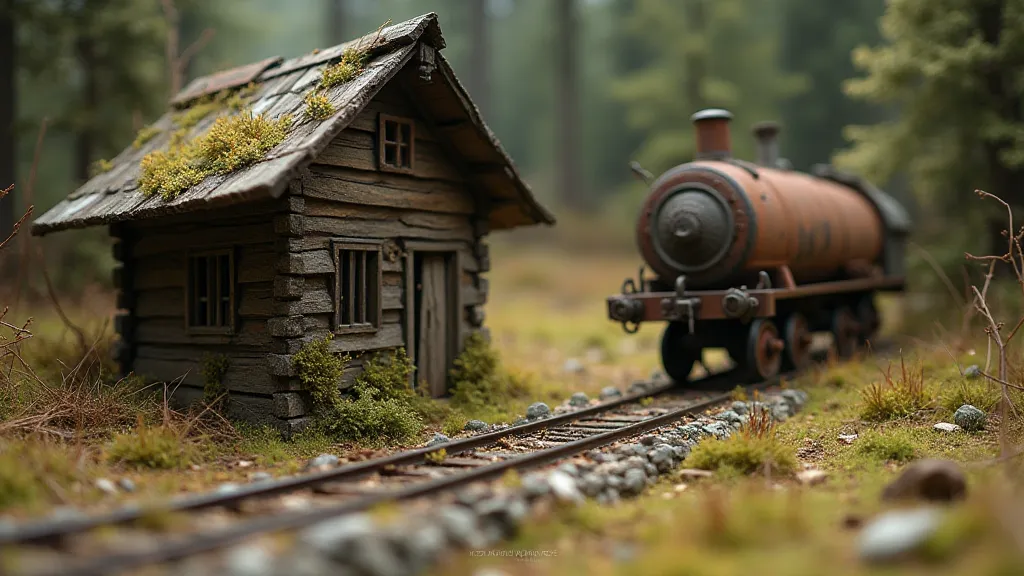
Understanding Scale and Perspective
Scale isn’t just about the size of the trains; it profoundly impacts how we perceive depth and emotion. In N scale, the miniature nature amplifies the sense of isolation and vastness. A lone farmhouse amidst a sweeping vista feels truly remote. In HO scale, the slightly larger size allows for more detail and intricacy, lending itself to scenes of bustling activity and tighter-knit communities. The challenge here lies in achieving a visual impact despite the inherent limitations of smaller scales. This frequently involves employing advanced techniques to simulate greater depth and realism, something that extends beyond mere track planning and into the realm of detailed engineering—a skill many modelers hone as part of their broader railroading craft, as chronicled in The Ledger of Details: Documenting and Perfecting Your Railroading Craft.
Perspective plays a crucial role. Where do you place the viewer’s “eye line”? A low angle can emphasize the grandeur of a mountain range or the imposing nature of an industrial complex. A higher vantage point can convey a sense of overview and control. Carefully considered camera angles in photography offer similar lessons.
Creating Atmosphere Through Scenery
The scenery is the canvas upon which your story unfolds. Don't rely solely on commercially available scenery. While these items can provide a foundation, the truly captivating layouts are those where the scenery feels unique and personal. Mix commercial products with scratch-built elements. Create custom trees using wire and flocking. Build your own buildings from foam board or even recycled materials.
Think about the textures and colors you use. A vibrant green forest evokes a sense of vitality and abundance. A desolate, windswept plain communicates isolation and hardship. Consider the interplay of light and shadow. A single, well-placed spotlight can draw the viewer's eye to a specific area, highlighting a key element of the scene.
The Power of Detail: Ho Scale Engine Maintenance and Railroad Detailing Guide
The adage "it's the little things" holds true in miniature railroading. A single, realistically weathered piece of equipment can dramatically enhance the believability and emotional impact of a scene. For HO scale enthusiasts, engine maintenance isn’t just about keeping the locomotive running smoothly; it’s about adding to the narrative. A locomotive with chipped paint, oily grime, and rust stains tells a story of hard work and years of service.
Scratch building adds a whole new layer of personalization. Creating your own freight cars or building structures from raw materials allows you to inject your own unique style and vision into the layout. These custom-built elements often possess an authenticity that commercially produced items lack. This isn't just about creating a perfect replica; it's about imbuing the scene with your own creative expression.
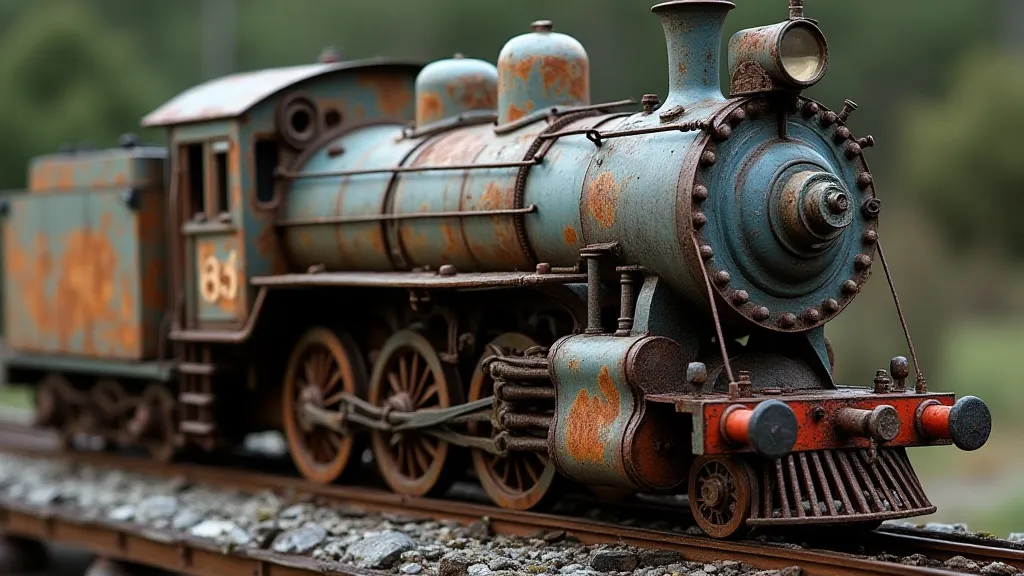
Miniature Railway Scenery: Embracing Imperfection
Perfect isn’t always believable. In fact, striving for absolute perfection can often detract from the emotional impact. Embrace imperfection. Allow for variations in color and texture. Don’t be afraid to introduce elements of decay and disrepair. These imperfections add character and authenticity to the scene.
My grandfather's accordions weren't pristine. They bore the marks of time and use, and that’s what made them beautiful. Similarly, a layout that strives for a little bit of 'lived-in' realism will be far more captivating than one that’s clinically perfect. Sometimes the most intricate parts of a layout—like the electrical systems—can be troublesome. Addressing those issues is crucial to the overall success and enjoyment of the hobby, as explored in The Silent Orchestra: Troubleshooting Electrical Gremlins.
N Scale Track Planning and Railroad Diorama Techniques
N scale presents unique challenges and opportunities for creating emotionally resonant layouts. The smaller scale demands greater attention to detail and careful track planning to avoid a cramped or cluttered appearance. However, the ability to pack a surprising amount of scenery into a small area allows for powerful storytelling.
Consider using forced perspective to create the illusion of greater depth. A carefully placed structure in the distance can appear much larger than it actually is, adding to the sense of grandeur. Experiment with different track arrangements to create dynamic and visually interesting compositions. Don’t be afraid to break the rules. A little bit of asymmetry and unexpectedness can add a touch of realism and intrigue.
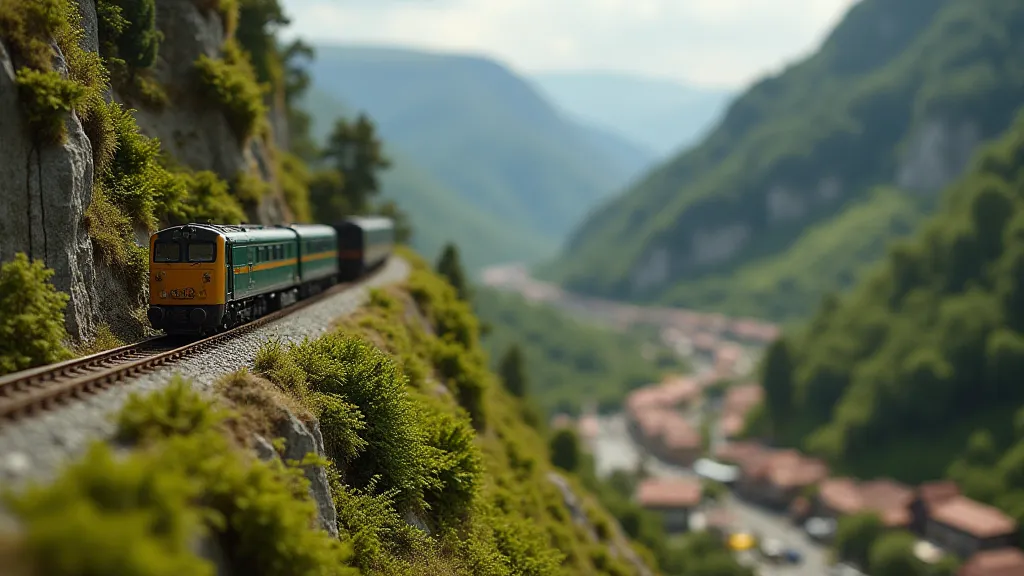
Model Railroading Troubleshooting: Telling a Story Through Absence
Even a technically flawless layout can fall flat if it lacks emotional depth. Sometimes, what *isn’t* there can be just as powerful as what is. A dilapidated building with no signs of recent activity can speak volumes about economic decline or abandonment. A silent factory, devoid of smoke or workers, can evoke a sense of loss and forgotten industry. These moments of absence can be just as compelling as scenes of bustling activity.
Ultimately, arranging a miniature railway layout for maximum emotional impact is about more than just technical skill. It’s about storytelling, about creating a world that resonates with the viewer on a deep and personal level. It’s about capturing the essence of a place and time, and sharing that experience with others. The entire process—from initial design to ongoing maintenance—requires a blend of artistry and technical expertise, which dedicated modelers continually refine, as documented through a meticulous accounting of their efforts, similar to what's discussed in The Artisan's Touch: Advanced Scratch-Building Techniques for the Dedicated Modeler.
